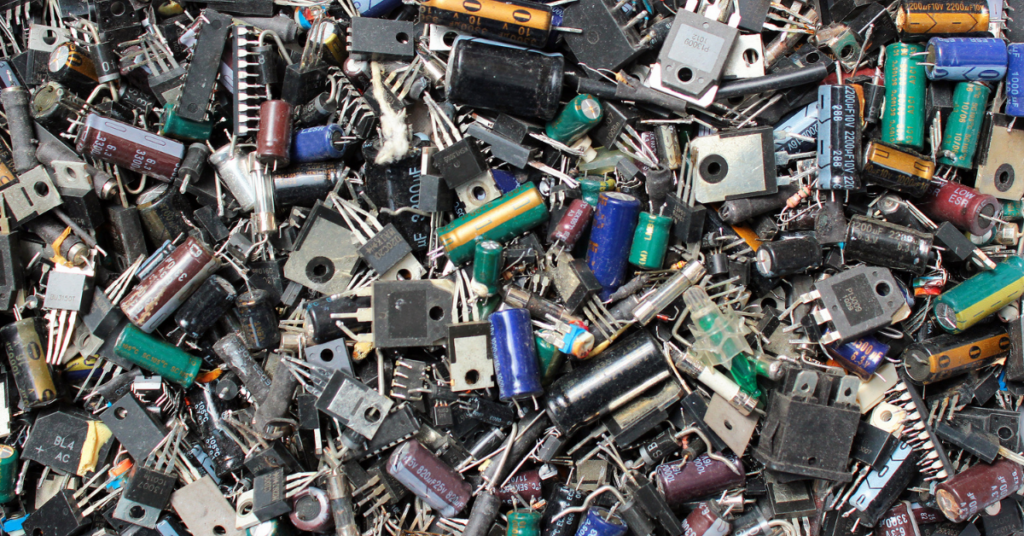
Today, the world relies on electronic systems and devices that are essentially meant to last several years. Tons of natural resources are extracted each day to produce semiconductor chips and other related components. “These will eventually be mounted on printed circuit boards (PCB) and will effectively become the brain of most pieces of industrial technology,” (Willian Santos, Interesting Engineering, 2021).
The circuit boards are used to power and control our vehicles, mobile phones, laptops, advanced medical care machinery, and more. The rising problem is the components that are comprised of these circuit boards eventually wear down and give out. However, technicians and trained professionals can repair these components. The question is, why are these components and circuit boards continuously thrown out irresponsibly?
Electronic waste concerns have become a growing issue across the globe, with 50 million tons produced each year. “Replacing faulty industrial technologies for new ones is wasteful, unnecessary, and aggravates the e-waste issue,” (Willian Santos, Interesting Engineering, 2021). The replace-not-repair mentality needs to be a thing of the past, as to repair technology is an essential step to eliminating waste, minimizing carbon emissions, and preserving our precious resources.
“The pandemic has reminded us that, without electronic components, you cannot make anything. The chip shortage has led to limited supplies of vehicles, appliances, and even military equipment,” (Willian Santos, Interesting Engineering, 2021). Although the cost to repair the circuit boards is an average of 10% of the cost of a new one, OEMs have made it extremely difficult to repair technology through a third-party vendor.
The repair, don’t waste and other Right to Repair movements, need to become more mainstream for businesses. “Advancing the “Right to Repair” movement will encourage industrial OEMs to stop putting obstacles in the way of customers who want to self-maintain,” (Willian Santos, Interesting Engineering, 2021).
Lifespan stands by the Right to Repair movement. Proper repair and reuse of devices brings valuable benefits to our clients and has positive effects on our environment. By repairing technology, we can extend the lifespan of a device, which creates economic worth and delays products from entering jam-packed landfills. Stand with Lifespan and the Right to Repair Association by choosing to repair your devices, not wasting them!
For more information on this topic, read this Interesting Engineering article.
Stand with the Right to Repair Association! Visit their website to learn more about their movement.

